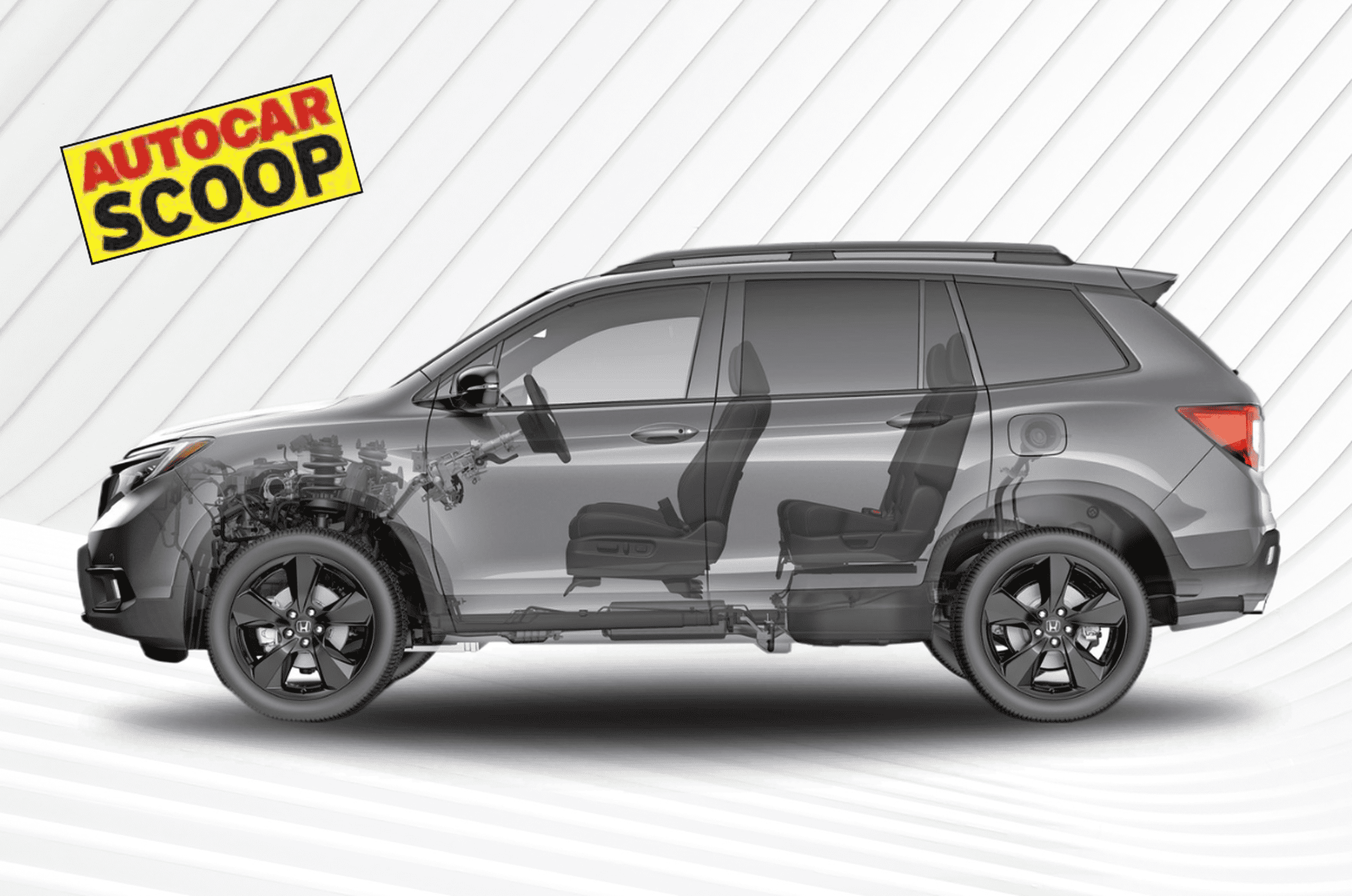Honda is developing a global platform for its small- and medium-car portfolio, and India is likely to be the global production base for the domestic and global market. This all-new modular platform (code: PF2) will underpin a range of future products, including sedans, SUVs, EVs and hybrids. Sources say that the PF2 is likely to support both ICE and EV powertrains as Honda is not yet convinced of the feasibility of developing a dedicated EV platform or ‘skateboard’ in the backdrop of waning demand for EVs. “Like Toyota, Honda is leaning towards a multi-powertrain strategy”, said a source, although Honda has publicly stated that it will only sell EVs or fuel cell cars by 2040.
- Honda to launch new flagship SUV in 2027
- Hybrid powertrain could be localised to meet future export demand
- Honda betting on ICE, hybrid and EV powertrain for India
With the PF2 Honda hopes to get its mojo back. Sales of Honda Cars India Ltd (HCIL) have been declining, and its bread-and-butter City sedan has seen volumes dip below the 1,000 units per month mark. The Elevate, which started off strongly averaging monthly sales of around 4,500 units in the first five months, has also lost ground to rivals – volumes now hover a little above 2,000 units a month. However, Elevate exports have boomed, and it is sold as the WR-V in Japan.
In the first quarter of this calendar year, 10,659 made-in-India WR-Vs were exported to Japan, nearly double the Elevate’s domestic sales number. In fact, according to a recent report in Nikkei Asia, the WR-V has made Honda the top auto importer in the country. The report also says that the WR-V’s low price (2.1 million yen or US$13,200) is the main factor driving sales. Clearly, Honda’s strategy of making India a low-cost export hub has paid off.
The WR-V’s success in Japan has encouraged Honda to expand India as an export base. Another reason could be to pivot away from Thailand, which has traditionally been Honda’s primary manufacturing base for the region. However, the manufacturer is struggling against a flood of Chinese automakers.
Relooking at hybrids?
Honda had the first-mover advantage in India in the hybrid race, but it was a half-hearted attempt. The City hybrid, the first mainstream strong hybrid in the county was priced out of the market. More bewildering was Honda’s decision to not offer the Elevate with a hybrid, despite being pioneers of the hybrid tech and a growing demand for strong-hybrid SUVs. For Honda, an Elevate hybrid, which has low levels of localisation (unlike the Grand Vitara and Hyryder) would have been too costly to produce and could have gone the City hybrid way.
However, after looking at market trends, the Japanese automaker has had a rethink and is likely to invest in localisation of its hybrid powertrain to be more competitive in the hybrid race. It has also packaged the PF2 platform to be hybrid ready, from the outset. Also, the growing demand for hybrids in key international markets hasn’t gone unnoticed by Honda and low-cost hybrids from India would have great export potential.
All-new Honda 7-seater SUV in 2027
The first model to be launched on the PF2 platform is likely to be an all-new three-row SUV that is positioned above the Elevate. The design and development of this 7-seater SUV is being led by Honda’s Japan and Thailand R&D centres, but with a lot of inputs from India, which will likely be this SUV’s main market. Power options are not clear, but we expect Honda to offer the 7-seater with the same 1.5 litre naturally aspirated engine that powers the Elevate along with a strong-hybrid option. According to a schedule given to suppliers, the start of production for the 7-seater SUV is October 2027.
All-new City coming in 2028
The second model on the PF2 platform will be the next-generation Honda City, which is due for a model change in 2028. The next-gen or sixth generation City is likely to come with a naturally aspirated petrol and hybrid option from launch. Sources say the City will get fresh styling and a new design language that will make it look radically different from the current model. Production of the new City is expected to start in May 2028.
Compact SUV in early 2029
Industry sources have also confirmed that Honda is planning a compact SUV on the PF2 platform, which could hit showrooms in the first half of 2029. Details are still sketchy as the project is not yet on the drawing board, but it’s likely to be a sub-4-metre SUV. In fact, to keep costs low, the initial plan was to make the Elevate and a compact SUV on the Brio platform. However, given the export potential of the Elevate, Honda switched to the larger and better City platform. But, upgrading to the more expensive City platform made the compact SUV unviable, and hence it was dropped.
Now, with the heavily localised PF2 platform, Honda has the economies of scale to reconsider the compact SUV segment, which was briefly (and quite successfully) served by the WR-V crossover from 2017 to 2023. No engine details have been revealed yet, but the 1.5 petrol, the only engine Honda has localised, seems to be the logical choice.
Honda’s second EV in 2029
Honda's Elevate-based EV will launch in 2026, and there's a second EV on cards for a 2029 launch. There are no details of this EV as yet, but it’s likely to be an SUV that sits just under the Elevate. But, unlike the Elevate EV that's a part of the ‘ACE’ (Asian Compact Electric) project, the second EV will be built on the PF2 platform and is likely to be an all-new model.
Honda Cars India had officially announced at the launch of the Elevate last year that the company plans to introduce five SUVS by 2030. These could be a mix of locally made products and CBUs.
Also See:


